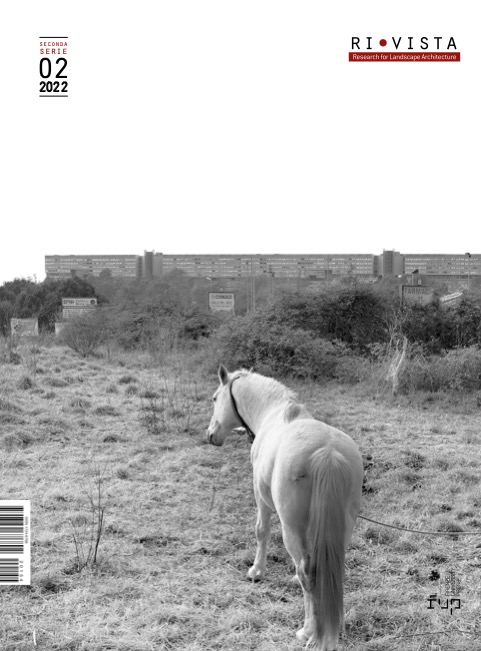Published 2023-02-23
Keywords
- Nuclear Landscapes,
- Anthropocene,
- Wildness,
- Evolution,
- Coexistence
How to Cite
Abstract
The dawn of Anthropocene saw the birth of nuclear landscapes (NL): places heavily contaminated by radioactivity, left behind by human interventions. From nuclear weapon production to detonation sites and atomic power plants, unfortunate events had resulted in environmental catastrophes, turning these NLs into forbidden gardens - off-limits frontiers of waste. Human absence promoted NL to metamorphose into post-nuclear landscapes, characterized by a primal image of nature: pristine and spontaneous. It is an unreleased kind of wilderness, a living archive of human ecocides. Later, governmental interventions gradually transformed these sites into Nuclear Landscape Monuments (NLM), making them embodiments of degradation and redemption. The essay investigates the evolution of these nuclear environments and their wild ambivalent nature. It further elucidates the shift in humans’ attitudes towards nature, through an atomic narrative: from production and destruction to recovery and reconciliation. The essay also highlights the role of anthropogenic and natural agencies in establishing this intricate co-existing relationship between humans and non-humans.






